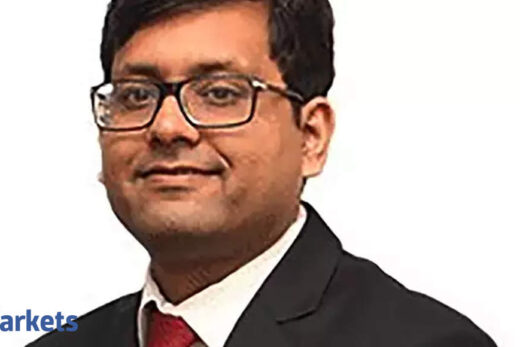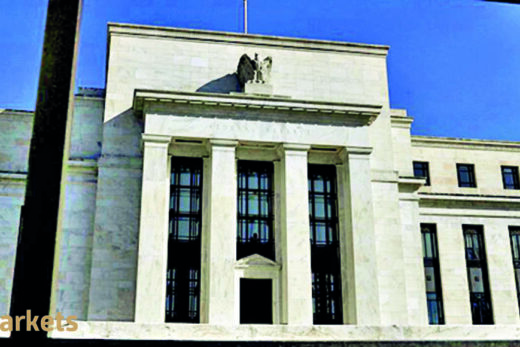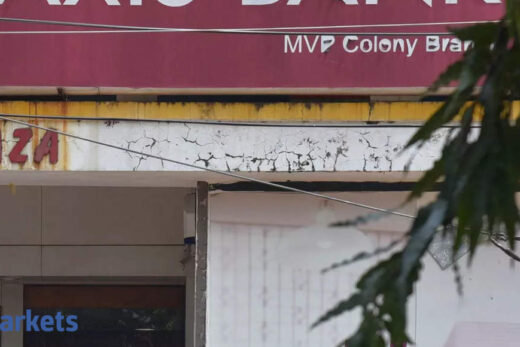Kotak Investment Advisors.
What are the conversations you are having with the HNI clients? Which are the sectors that they are talking about?
Bulk of our conversations these days revolve around how investors should navigate the fast moves in the market. In less than eight to nine months, markets went all the way from 12,000 to 7,600 and very quickly climbed back to almost 13,000-13,500 level. The bulk of the conversation is around investors wanting help and advice in terms of how to navigate through these times where the moves have been very fast.
Interestingly the second part of conversation is on the absolute divergent asset class which is fixed income where because of the abundant liquidity that has been pumped in globally by all the central banks, the options as an investor for investing into safe fixed income instruments have dwindled from a point of view that interest rates have come off and on top of that, we all are aware that the tax rates for debt instruments in India is also not as favourable as the tax rates for equity is for investors, after accounting for tax and after accounting for inflation.
The real returns for most of the investors without having to dilute credit quality has come down to almost negative returns. So, to that extent, the conversation is going around the entire space of fixed income and the last part is because of these two asset classes which have been the more dominant asset classes for both fund managers and asset allocators like ourselves. Also investors being in unchartered territory, the discussions have started moving on to what are the alternatives to both traditional equity and traditional fixed income.
This is a good time to diversify into international investments, is it a good time to look at unfolding the tech start up culture in India which many of the Indian diaspora had actually set out while many of the foreign funds came in and raised it. We are seeing conversations partly because many investors have started believing that it is time for the Indian unlisted space to start unfolding. Conversations have also moved to alternative asset classes.
Historically affluent ultra HNIs have a large section of their portfolio in real estate and fixed income and very little in equities. Now with equities being in the bull territory and in an expansion phase, is there an urgency to buy this?
That changed about two-three years ago when the structural change in India started making a stronger case for investors to move from fixed traditional assets like real estate into more financial assets. The conversations started turning a page even during that time but of course with investors looking at returns dwindling from real estate, it continued even in the last two-three years.
Investors are looking at fixed income also. I would not say increasing equity exposure but with each of these market outliers — 2008, 2013-2014 and now the pandemic in 2020 — we are seeing investor maturity getting stronger and stronger. I do not think investors are moving out of equity as was the case early on where investors used to move very quickly from equity to fixed income if the markets were in a very volatile territory and the industry also partly alluded to that.
Most of these investors, most of the fund managers and most of the asset allocators have taken the concept of asset allocation in the right way and spirit. The allocations to equity are from more mid and long term and we are seeing that happen. We are not seeing capital being shifted out because of sharper corrections and investors waiting out. Most of the investors feel that debt markets have not been able to give them the returns that they were expecting and there the enquiries have started increasing.
What is your call on the market? Is it difficult to predict where it is headed?
We took a call very early on, some time in the first fortnight of March where we realised that this is an uncharted territory completely and we took a very sanguine call to play that out in this kind of a crisis. We should have a very open mind. Before the pandemic hit India, when we were even less than 500 cases, we had given a call. We used to be overweight equity at that point of time. We wanted to cut all direction bias as far as navigating this crisis is concerned so we gave out a call where we reverted to mean, we cut our overweight positions on equity and we stayed put on neutral.
After that, every month when we deliberated generally we realised that in this kind of a market, we would not want to be a victim of taking too many calls as far as market timing, giving direction biases to investors are concerned and we continue to hold the neutral position.
We held our neutral position all the way when the markets corrected and when the markets went up. We never gave into the temptation of calling a particular timing or an entry point or an exit point in the market because we realised soon enough that this is really not a crisis that has to be navigated by financial experts, this is a crisis where even financial experts have to get their macros from experts in the healthcare industry. So we took three calls. We took a call that we will not get into deep market timing calls. We also took a call that we will not have a huge sectoral bias
.
Are you getting clients to play the US market as a part of international investment or do you have non US, non tech as a part of your portfolio?
By and large, this is a slightly more novel concept in India. Traditionally, all of us have been very inward looking over the last half a decade through areas such as liberalised remittance schemes and feeder funds. We are now seeing Indian investors really wanting to diversify portfolios.
Since it is still a nascent concept, we have not really– we decided to play it slightly more broader. Currently, our call is largely US. We are looking at some of the other markets be it Europe, be it Japan but I think at this point of time, given the fact that it is still in its last leg before we are able to get slightly better clarity, the international equity call is largely in the US.
But within the US, we have taken some calls to split between technology and the more conventional sectors. We are currently skewed 60-65% in favour of the US technology and 30-35% towards the broader index.
What are your thoughts on fixed income? It appears to be a part of the portfolio but at the same time, the yields are coming down. What is your opinion?
Both our request and stated position is do not give up on patience just as yet because fixed income is a very asymmetric asset class. If we take the wrong risk, we can lose our capital and that is one area where we have always believed that as far as fixed income is concerned, even though the yields are brutally low at this point of time, just to chase yield, it is not the best time to either dilute credit or to increase duration. Those are the two common levers that investors have as far as adding returns to fixed income is concerned.
But given the overall headwinds in the market, I do not think this is the time to go deep as far as diluting credit is concerned or as far as increasing duration is concerned. It is a better known fact that we are almost at the very end as far as the bottoming of interest rate is concerned and that does not mean that time wise we are at the end. It may stay here for quite a bit but it is clear that at some stage, six months or nine months down the line, if interest rates start to harden, the longer the duration, the more hammering a portfolio can get.
On the other side, if we give in to the temptation and start diluting our credit at this point of time and some blowouts happen, it could widen and manifest into month-to-month loss in the portfolio. On the fixed income side, we are still exercising caution even if it means that for some periods of time, we are sitting on slightly low return but at this stage, the premium needs to be put on a lot of safety and premium has to be put on reasonable liquidity. When there is greater sanity, when rates are of at slightly better level, one should start coming into fixed income.
At this stage, we are slightly more skewed towards a three-four-year AAA quality credit portfolio for some correct risk profile –about 10% to 15%, we look at some alternatives. It is not a substitute. There are different risk profiles but there are very credible alternatives such as REITs in India. For the right investor temperament and with the right understanding of risk, we are looking into some of these asset classes that have now emerged in India.



